Motivating employees to change behaviour
Resistance to change is what you’ll get without a proper change strategy for your collaboration platform. Collaboration software implementations traditionally were an IT project. And IT people tend to be more ‘what’ people. Tools is what they do, and what they like. They get excited about functionalities and features. But unlike IT people, business users are not necessarily thrilled about new technology, features and functionalities. They have their work to do, and IT is just a means to an end. It’s a tool that needs to be used without costing extra time or effort (to learn, to execute tasks) for actual work. Without a proper change strategy employees will show resistance to change.
So getting business employees to start using a new collaboration platform they should have a clear understanding of how the new tool(s) can help them in their daily work. They want to see benefits for using the platform for their business goals. And they want to understand why the new platform is helping the organisation to achieve the business goals or take on challenges.
Wanting to change
Most employees will need to be motivated differently (then just having the platform) to start a new way of collaboration. They are firstly asking themselves ‘Why are we doing this?’ and ‘How does this help me in my daily work?’ Think of the new collaboration platform needing a marketing strategy for your user adoption. It is all about motivating people to want to use the collaboration platform. We should motivate people to embrace the change, and implement a new way of working. And motivation means employees want to change, rather than must change.
Resistance to change
In any organisation employees will adopt new technology in a different pace, as made clear in Rogers Adoption Curve. Each group therefore will demonstrate resistance to change in a particular way.
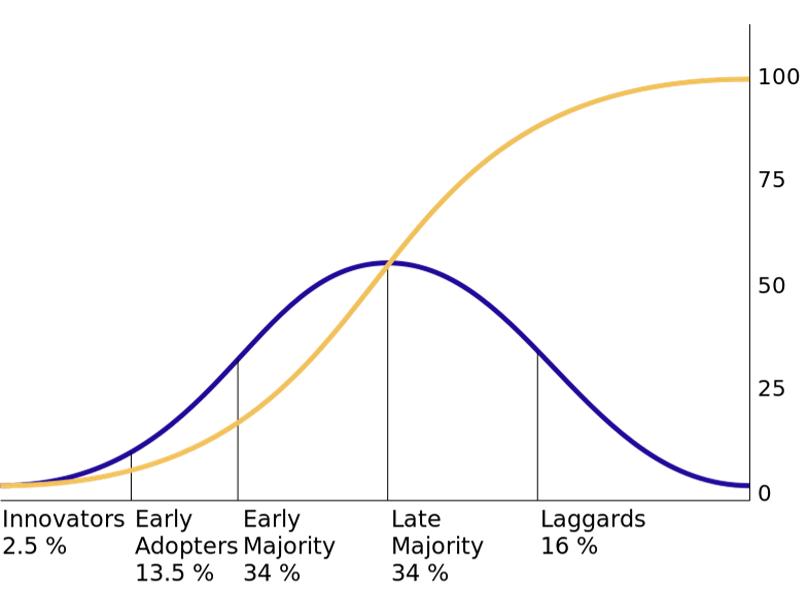
Rogers Adoption Curve
Figure 1: The S-Curve in Rogers Adoption Curve displaying increasing natural resistance to change.
The S-curve indicates what the standard changeability is in a group of people. A very small group of people is always looking for a challenge, for change. Their biggest fear is routine. It implies that 97.5% of your employees will not take the lead in the change (only 2.5%Innovators do)! These people will need to overcome a threshold. One can say that the S-curve represents what happens if you do not or hardly do anything during a change process. The curve describes a natural development.
However, as an organization you are able to influence that natural development. What you want to know is what the nature of the resistance is. What are those who are staying behind afraid of, and what do they need to get in motion? We can group employees in a change project based on what they need. This is also known as Rogers Curve.
Do you wonder why sometimes, even in the face of a changing environment, or an existential threat, companies or people still don’t change? Even when they say they want to, often they still do not.
Why don’t people change?
Although change is inevitable, people tend to resist it in a rational response based on self-interest. Resistance hinders adaptation and progress.
We can divide resistance to change into 3 levels: Individuals, Groups, Organisation.
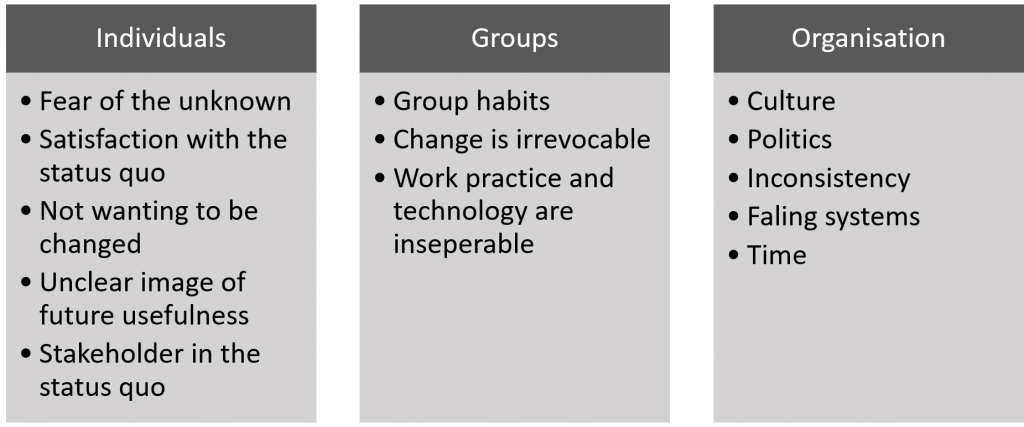
Figure 2: Resistance to change in 3 levels
Bend reistance to change readiness
Change readiness comes about under the influence of a number of cognitive (rational, thinking) and emotional (feeling) aspects that together determine the individual’s behavior (the required change). The model enables us to effect change readiness during change processes. To implement new collaborative behavior successfully, 3 motivations play a role: attitude (want to change), subjective norm (have to change) and control (can change). Each motivation has underlying sources of changeability. These three variables determine the intention (change willingness) of a person to display the goal behavior.
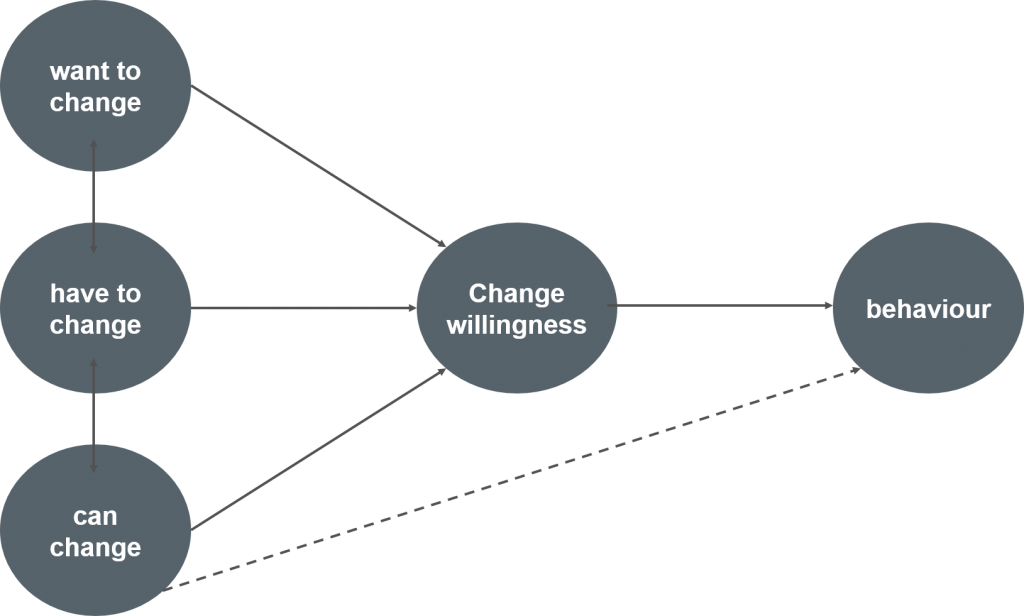
Figure 3: Ajzen’s model to bend resistance to change to change readiness
If we elaborate further on this model, using the DINAMO for willingness to change model, we discover underlying sources that influence employees change readiness.
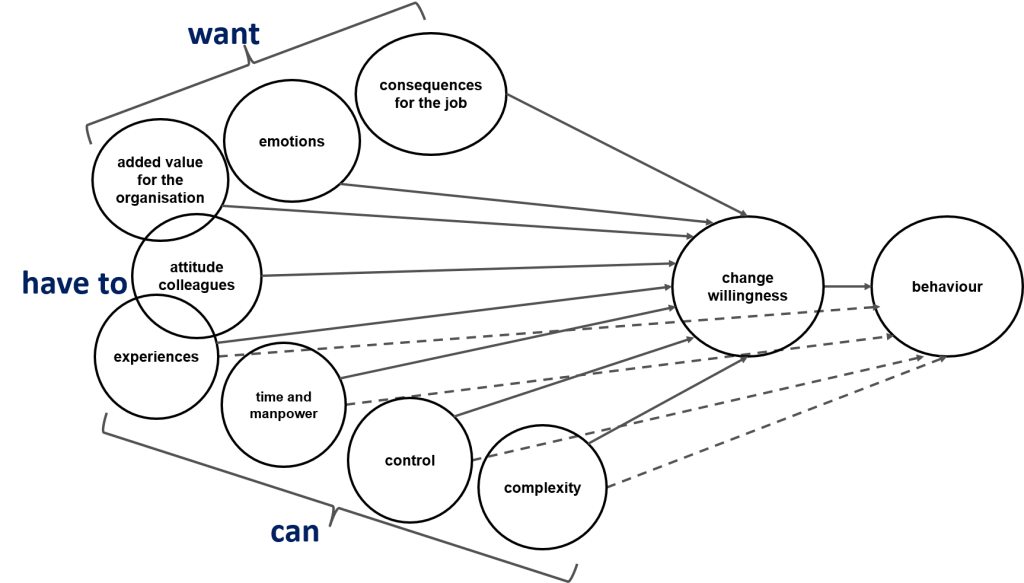
DINAMO for willingness to change
The DINAMO for willingness to change by Metselaar is one of the most used instruments in the Netherlands to support change processes in organizations. DINAMO is based on Ajzen’s model of planned behavior (Ajzen, 1991).
About the Author:
Sasja Beerendonk is a senior Consultant at Silverside and is one of the most experienced end-user adoption consultants in Europe. She is recognized by Microsoft and IBM as a subject matter expert and speaks at international conferences on Social Collaboration, Change Management and User Adoption. She works closely with organisations such as Saxion University, the Dutch Tax Office, Kawasaki, SES, NN Group and Shanks.
Sasja is passionate about enabling a new way of working and motivating people to embrace technology to work smarter.
Outside of work, Sasja loves running and going on long walks with her dog. You may wake her up for spinach any time.
Reference:
Beerendonk, S (2018). From resistance to change, to motivation. Available at: https://www.silverside.com/resistance-to-change/ (Accessed 24 April 2018)



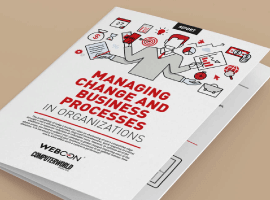





 Using a SharePoint Online list as a Knowledge source via ACTIONS in Copilot AI Studio
Using a SharePoint Online list as a Knowledge source via ACTIONS in Copilot AI Studio
